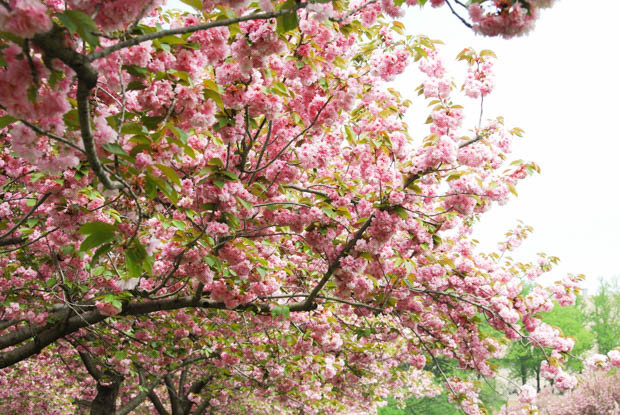Trees
Among the most permanent plants in the landscape, trees are the biggest and most enduring plants you can grow – and also the most expensive. Therefore, selecting the right tree is very important.Trees play a critical role in our world, not only as majestic natural sculptures but also as essential components of the Earth’s biosphere.
Tree Types: They are broadly classified into deciduous, which shed leaves annually; evergreen, retaining leaves year-round; conifers, bearing cones with needles or scales; and broadleaf, featuring wide, flat leaves. Each type plays a unique role in ecosystems, offering diverse habitats and resources.
Trees Benefits: They provide oxygen, improve air quality, conserve water, preserve soil, provide shade, reduce noise pollution, and support wildlife. Trees absorb carbon dioxide (carbon sequestration), a greenhouse gas, thereby combating climate change. In urban environments, they reduce the heat island effect, regulate temperatures, and enhance the aesthetic appeal of landscapes.
Trees for Wildlife: They offer habitat, food, and protection. From the canopy to the roots, each part serves as a home or food source for various species. Birds nest in the branches, insects thrive in the bark, and mammals rely on the fruit and nuts.
Popular Trees: Among the many species, some stand out for their beauty, utility, or symbolic significance. The Oak symbolizes strength and endurance. People celebrate Maple for its stunning fall foliage and syrup. Gardeners cherish Magnolia for its large, fragrant flowers. The Sycamore is admired for its mottled bark, while the Money tree is famed for bringing good fortune and prosperity, making it a popular indoor plant. Fruit trees like the Apple, Cherry, and Almond are beloved for their blossoms and bounty. The Willow, with its graceful form, adds elegance to water features, while the Palm tree evokes images of sandy beaches and sunny skies.
How to Choose: When choosing a tree, consider factors like climate suitability, mature size, growth rate, and maintenance needs. Assess the purpose—shade, fruit, ornamental—and potential impact on infrastructure. Opt for native species to support local wildlife and ensure ecological compatibility.

